How Post-Imperial Became Fashion’s Ego-Free Brand to Know
The fashion industry is built on a mountain of lies that we go along with in order to enjoy its spoils. One of the most impenetrable, though, is the insistence that every collection—every garment, even—emerges from the mind of one designer. In reality, it’s a team of stylists, pattern makers, fabric cutters, dyers, seamstresses, consultants, tailors, and even marketers who are responsible for everything you see on a runway or in any luxury men’s store.
Post-Imperial, the Nigerian menswear label started by Niyi Okuboyejo in 2012, doesn’t aim to totally blow up that godhead designer myth. But Okuboyejo is definitely interested in opening it up. Whereas many designers insist on a narrative for their collections that creates a tight sense of control, he insteads prefers to think in terms of mythology. Narrative, he says, “is egocentric. “It’s you wanting to grab some sort of power, you wanting to tell the story.” Mythology “is more of a community.” In a myth, “everyone has participated in this story, so it becomes a story that is embodied in them.” It’s why, for example, “a lot of African cultural practices survived with the Middle Passage.”
“It’s not my story,” he says of Post-Imperial. “My story is involved, but it’s not all about me.”
A new project with photographer Joshua Kissi shows that ethos in action. Shot in Manhattan’s Little Senegal, “my favorite neighborhood in New York—it’s not even close,” Okuboyejo says, the images feature creative-industry people who were born or live there in Kissi’s circle. They’re all dressed in Post-Imperial’s fall collection of muted chenilles, waved knits, and contrasting split T-shirts. Rather than styling the subjects, Kissi and Okuboyejo had the subjects select the clothes themselves—“I just told them to go on the rack and pick stuff, so it’s a full-on collaborative process.” The fall collection was inspired by the Western African rice dish jollof, and Okuboyejo, speaking via Zoom from Nigeria, recalls that during the shoot, he and Kissi and the models bantered playfully about whose country made the best version.
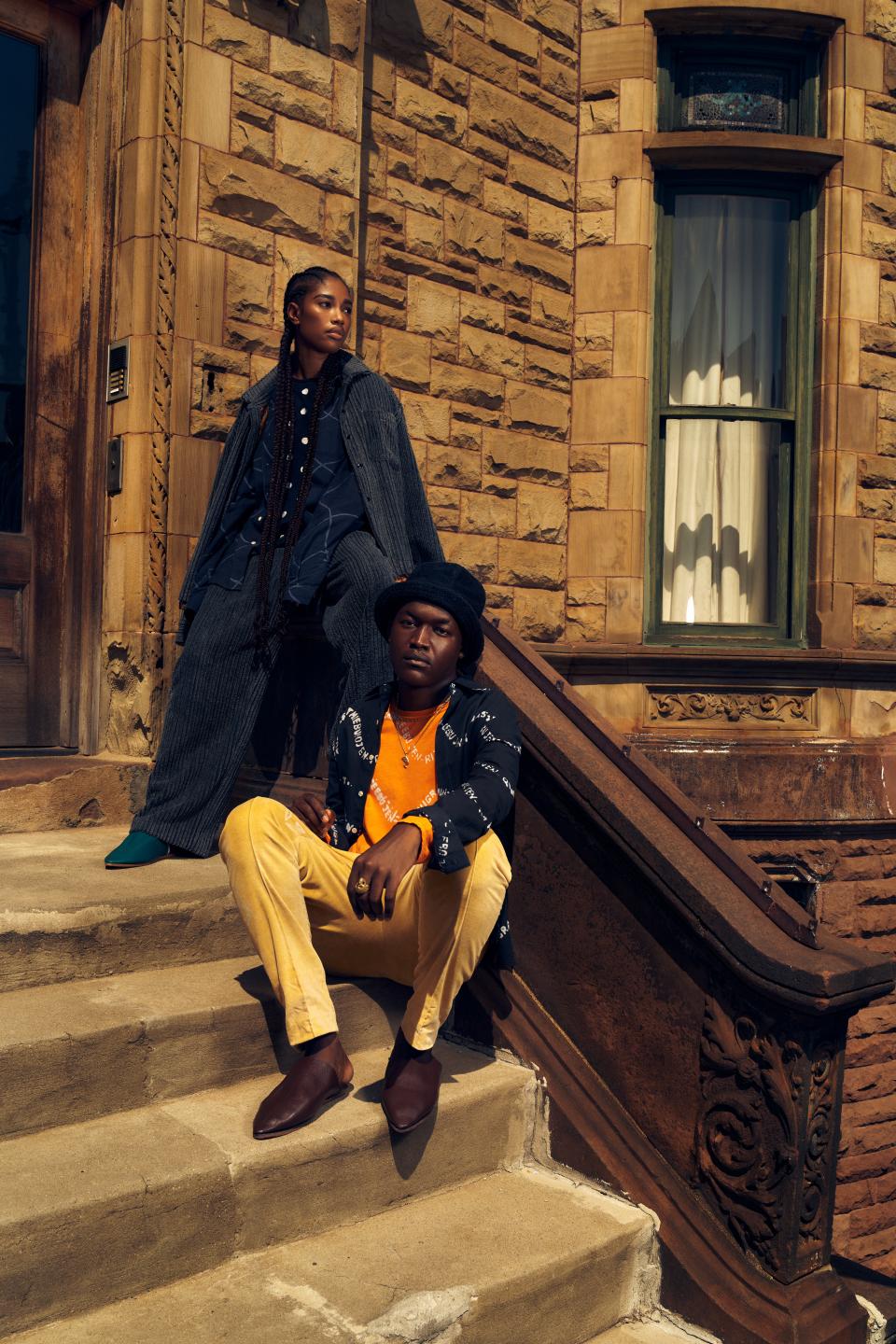
“For me, it’s that empathic design,” he says, “where you are designing with everyone else in mind. I’m not looking at Post-Imperial as some sort of platform for me to boost my ego. Not to say that I don’t fall into that trap at times, but I try as much as possible to make it be bigger than me.”
His fall 2020 collection marks a new step forward. In part, it’s the softness of the collection—in particular, relaxed suits made of a chenille fabric, treated in the traditional Adire dyeing technique from southwest Nigeria. (Timothee Chalamet wore the blue jacket in our November cover story.) Okuboyejo was looking for fleece or velvet that might mirror the texture of jollof but discovered the deadstock chenille, and remembers thinking, “This is actually much, much cooler because it looks like a corduroy, but it’s soft and really plushy.” It took the dyes particularly well—the yellow, gray, and blue tones are almost a yawning palette.
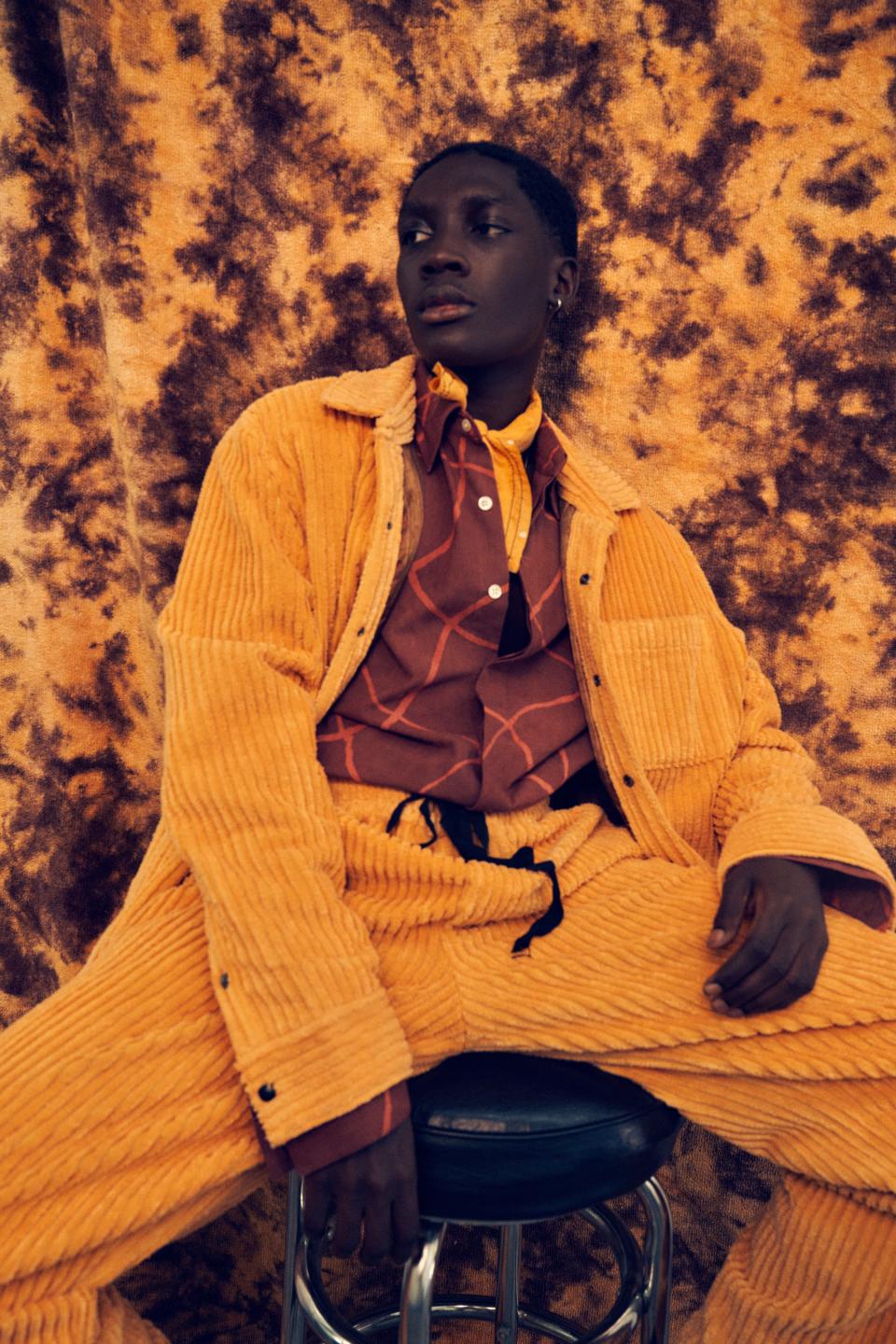
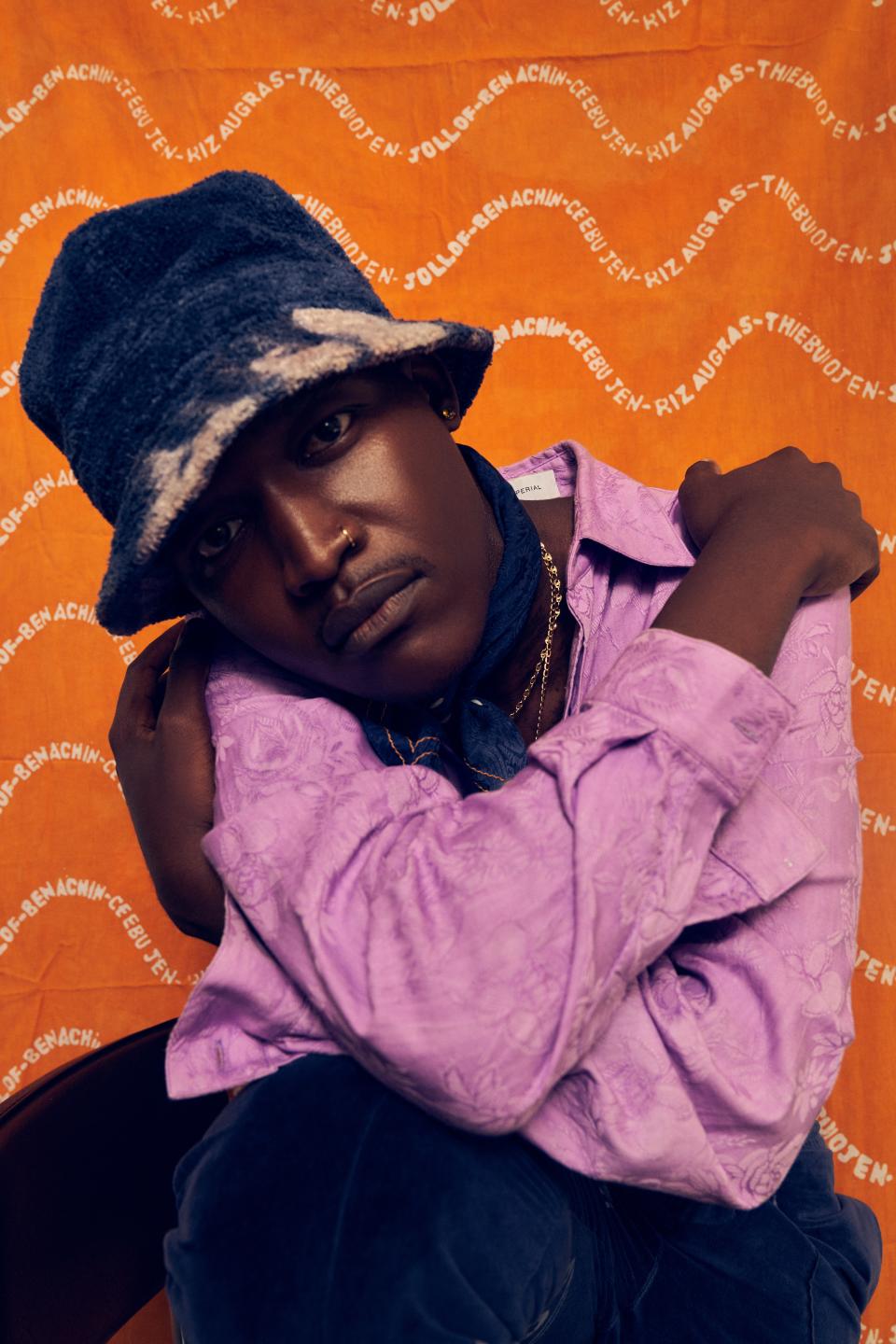
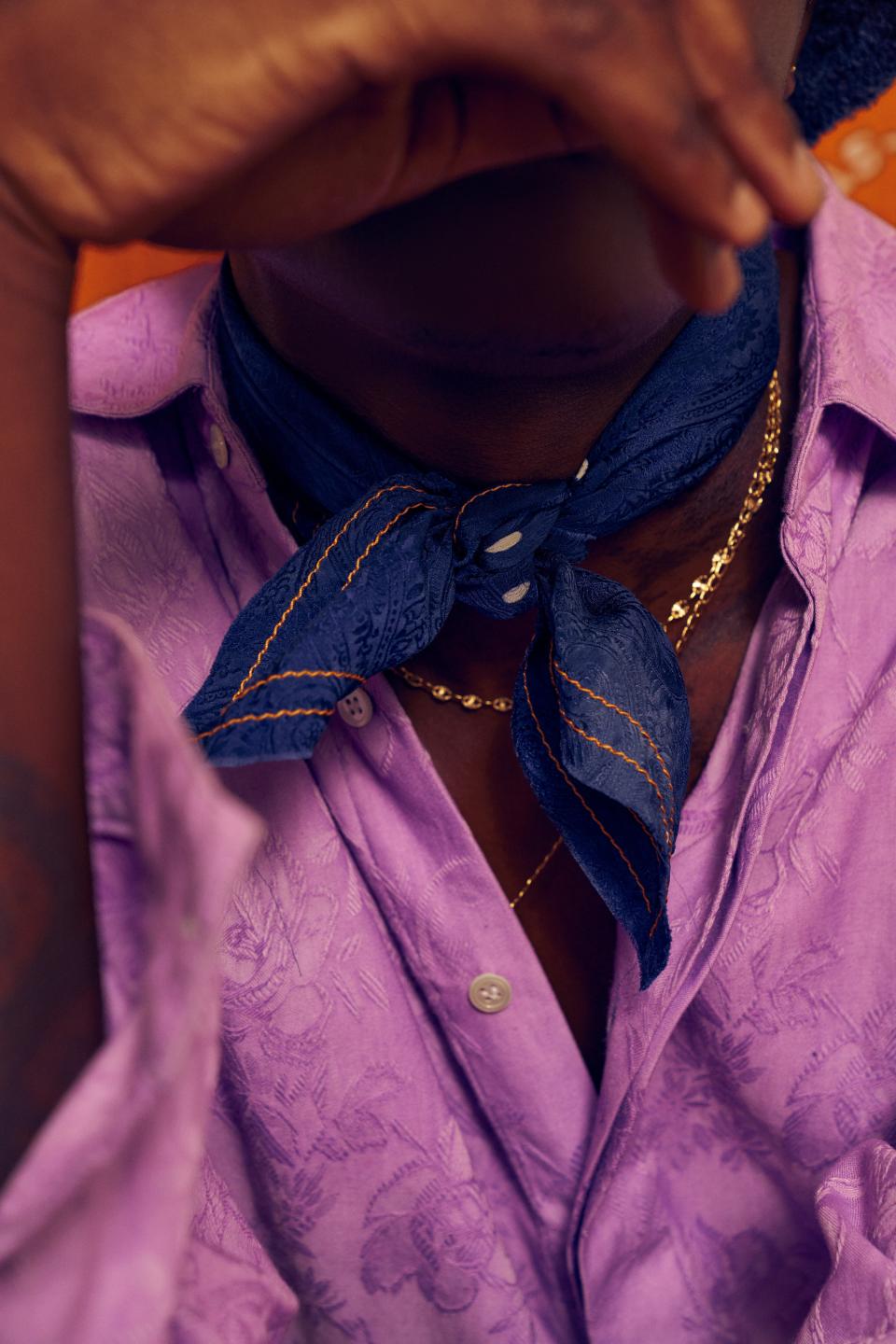
Okuboyejo is a tailoring devotee himself, and, like Ralph Lauren and many traditional menswear devotees who followed, he started his brand making neckties. The ties, frayed at the tip, were a hit—and though Okuboyejo still wears them, he didn’t make any this season. The second drop of the collection, which arrived this week, features the brand’s signature dyed shirting and a deadstock printed velvet suit in a deep hay green and navy, but the attitude is cozy, relaxed.
I asked Okuboyejo what he felt had changed over the past year to give his work this new focus and energy. “I was at one point trying to chase those people, and have a quote-unquote seat at the table,” he says of fashion’s gatekeeper and cool-kid culture. “But I realized that for me, doing that exercise gave too many other people power over what I do. I just decided, I’m going to do my own thing. I took the power away, and started to do my own thing.”
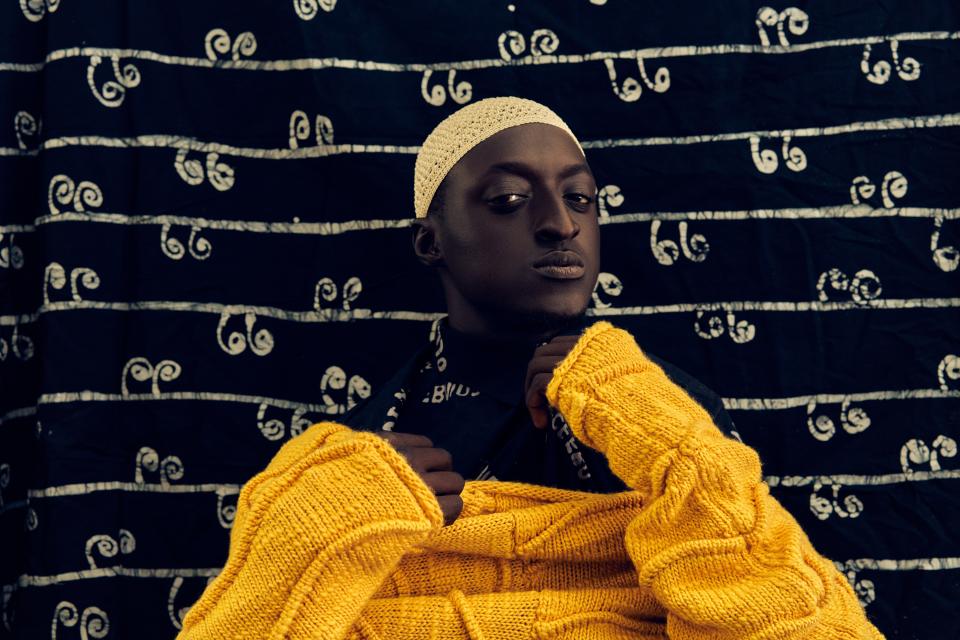
So the photoshoot is a sort of crowning achievement for this year. 2020, he says, “it’s been good and bad for us. People might attribute the BLM [Black Lives Matter] protests to some of the success that we’re getting. But a lot of it was coming before then then this year. It was just like, people started seeing the things that we’re doing.”
This year, has also realized his goal of manufacturing all his clothing in Africa. “We’re not just collaborating with humans,” he says. “We’re collaborating with materials. There’s a spirit in the materials that you recognize. And when you humanize materials and fabrics and all these things, it’s easier for you to deal with them. You see that they have value. You don’t throw them away.” (As his web shop explains in the description for the chenille jacket, “When you buy this jacket, like all our other products, please intend to wear them as often as you can. Clothing is meant to be put on the body, instead of being treated as a grail or a trophy.”)
He’s now working on a “mixtape” featuring all the people who helped put the collection together, from the freight workers to the design team, and will create a kind of map that shows the geographic forces that pulled the collection together. The project encapsulates his mission well, but is perhaps more radical than he realizes. Typically, fashion houses guard that kind of information like state secrets, even going so far producing garments in India or Bangladesh, but finishing them in Milan or Paris to stick the latter country on a tag.
“I’m not good at flexing,” he says at one point. “That’s something that I do need to work on.”
Still, his low-flex approach seems to be working. He’s trying to source more of that chenille—several stores have sold out of the pieces. He’s kept up his teaching gig at Parsons. And, like many of his fellow smaller designers, he’s been feeling invigorated by the restrictions imposed by the coronavirus. “What I had in mind for Post-Imperial really started to manifest more” this year, he says. “People are starting to see it in so many different ways.”
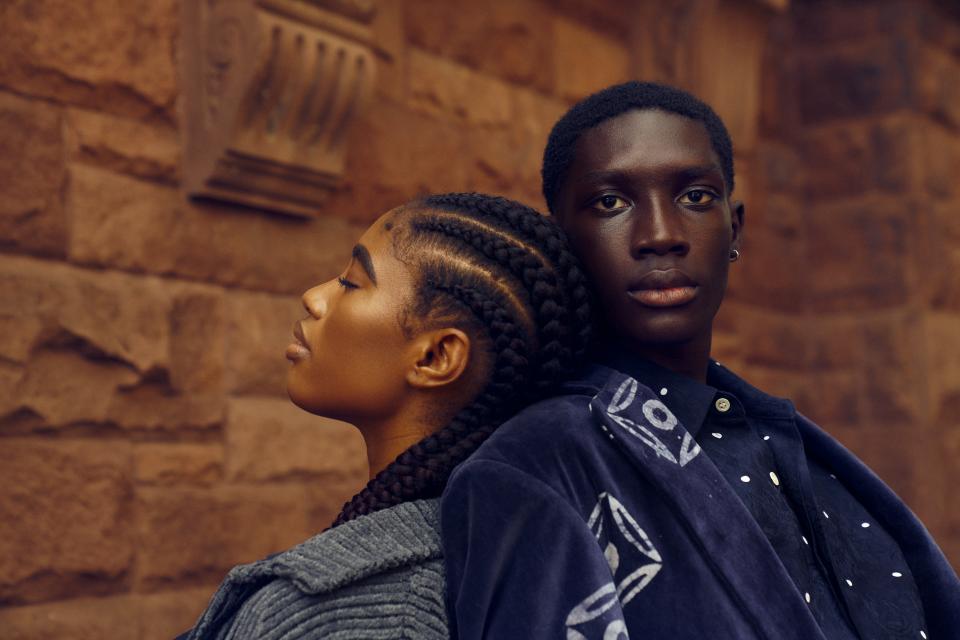
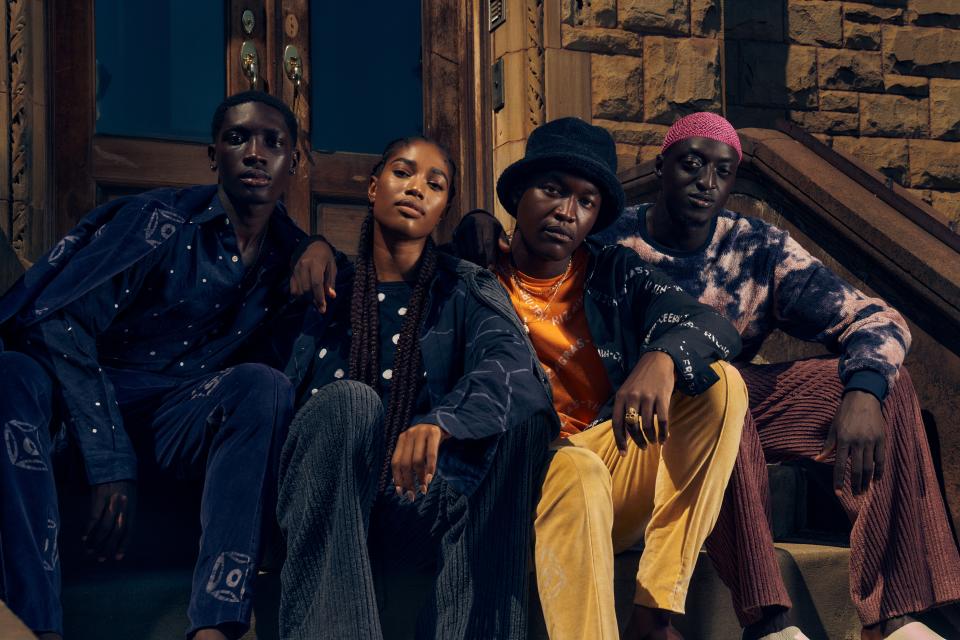
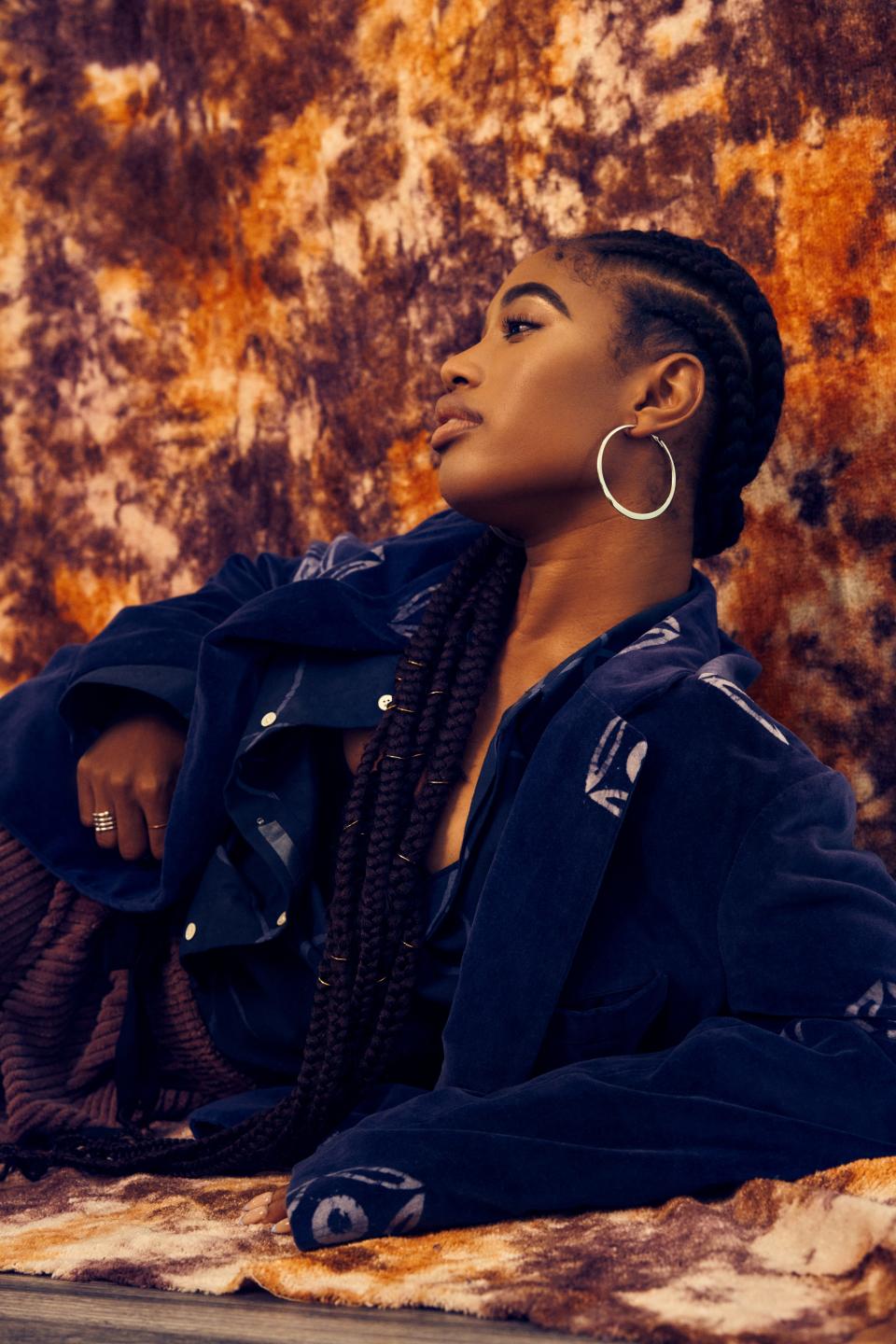
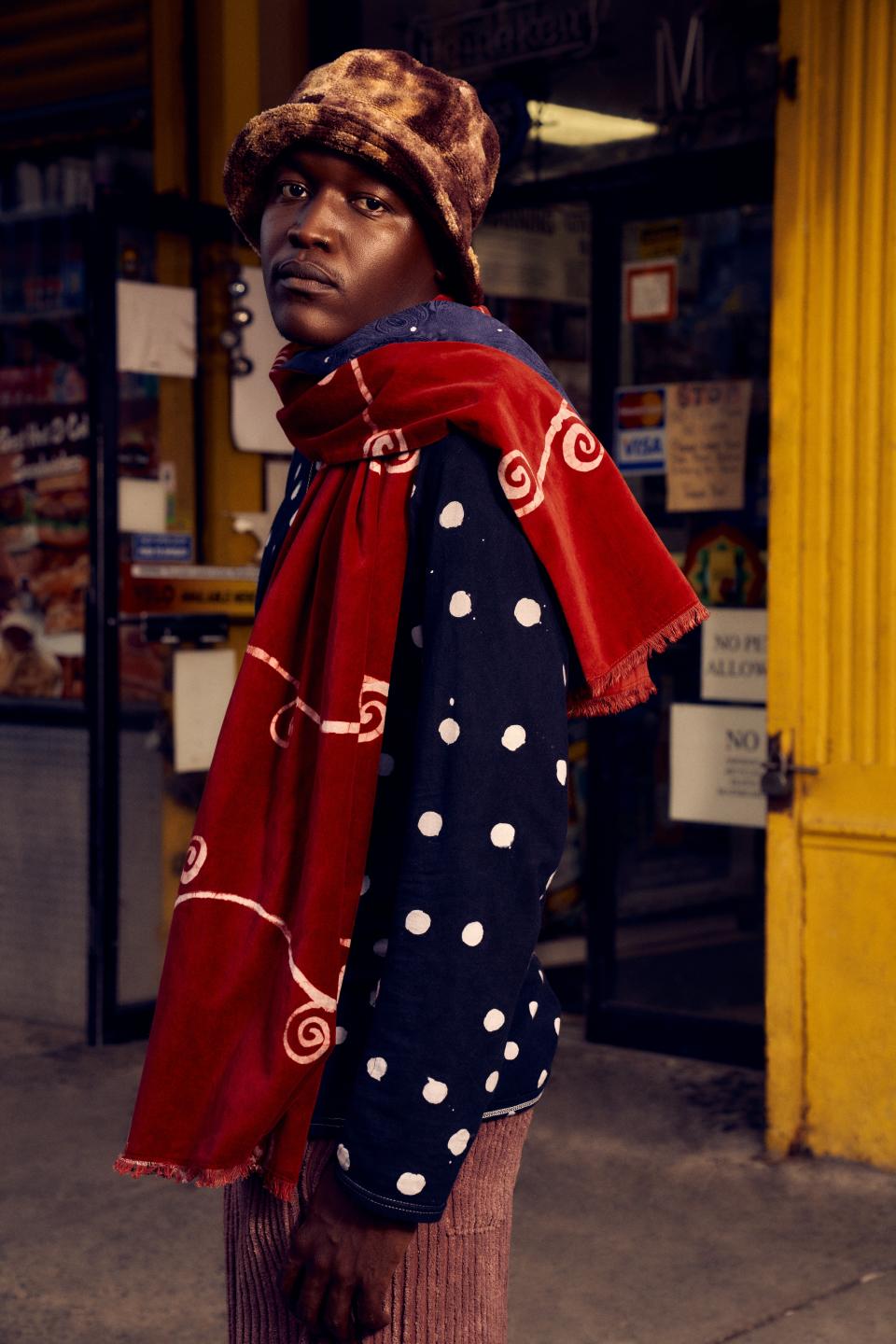

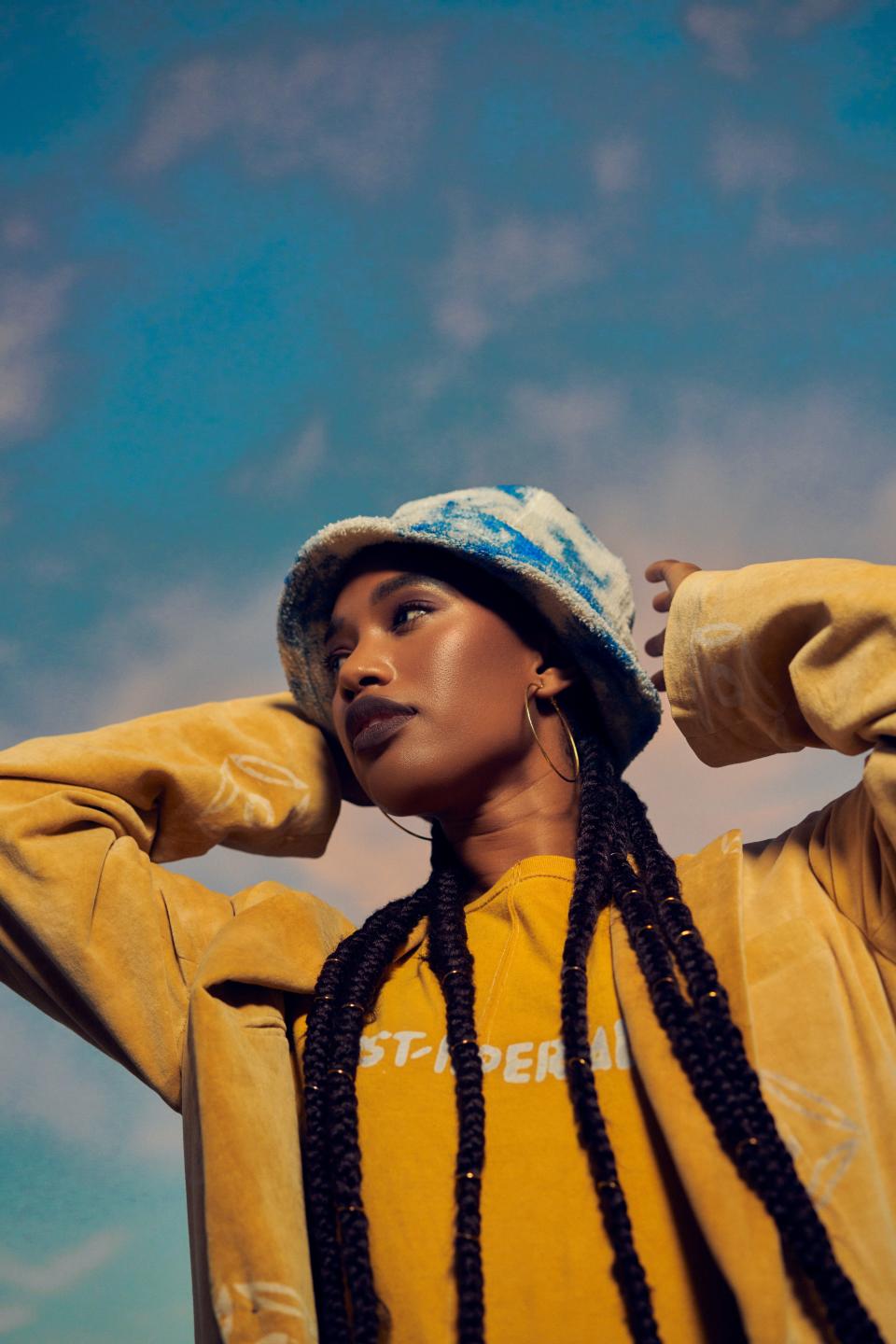
Originally Appeared on GQ

